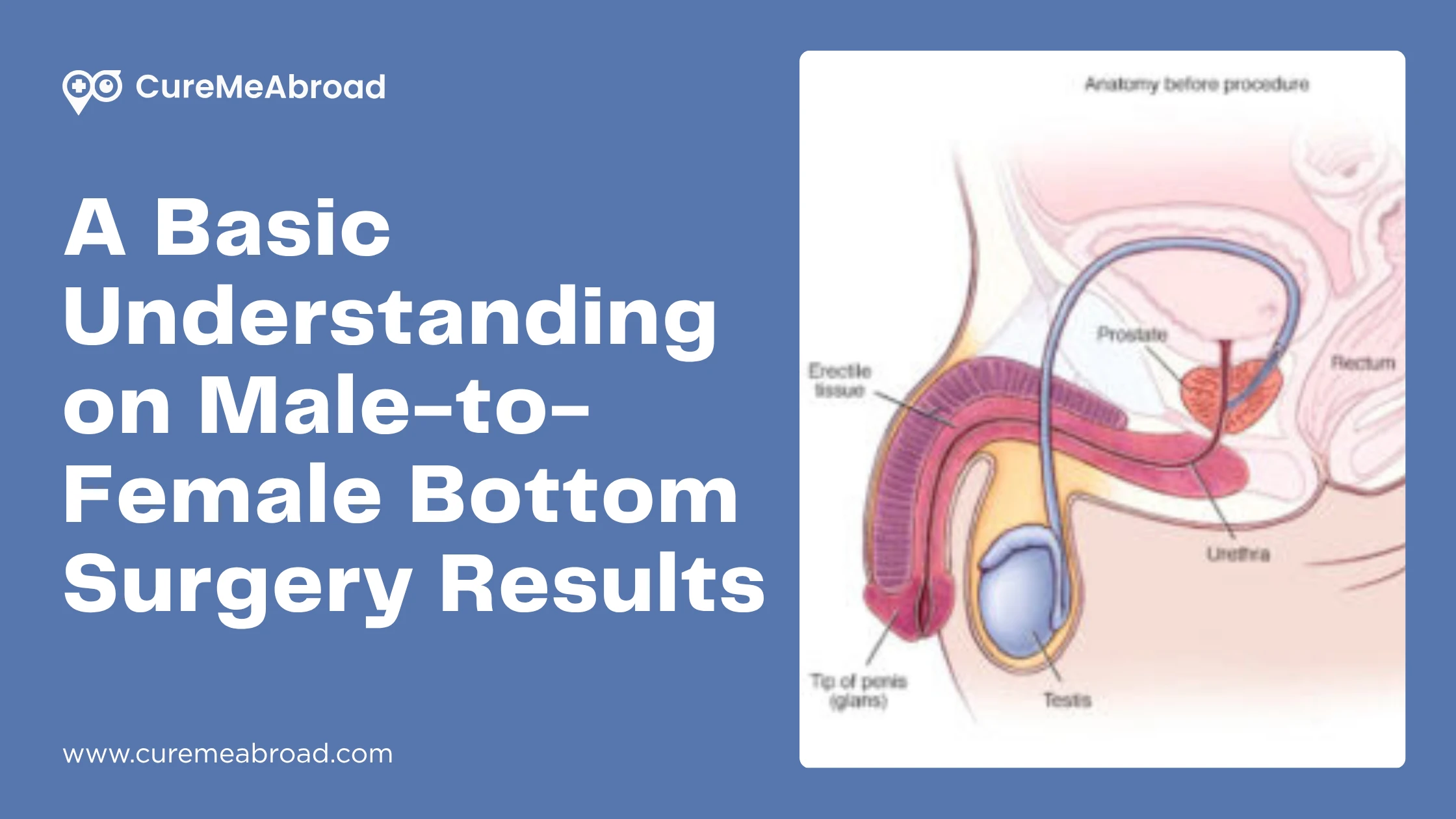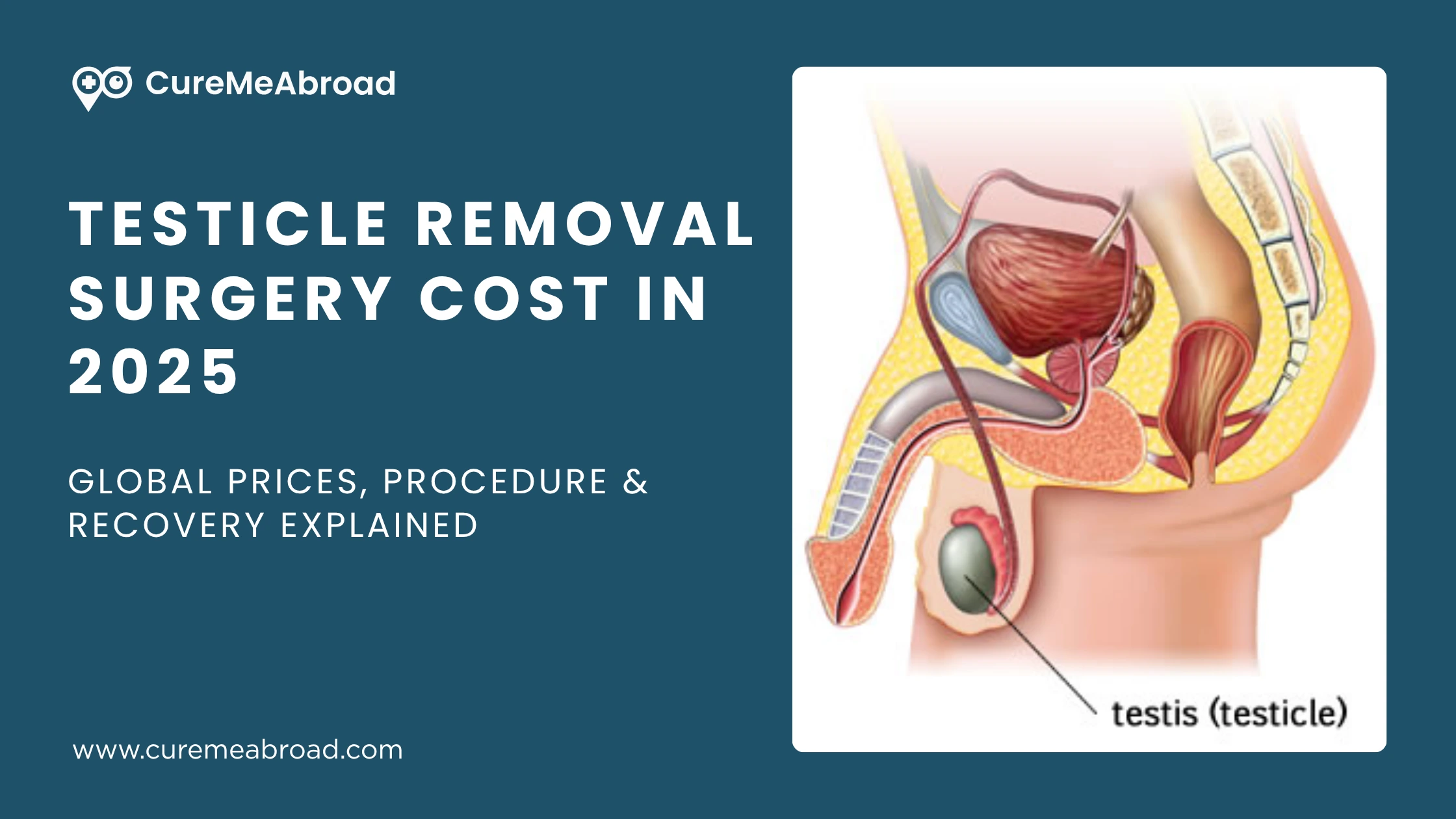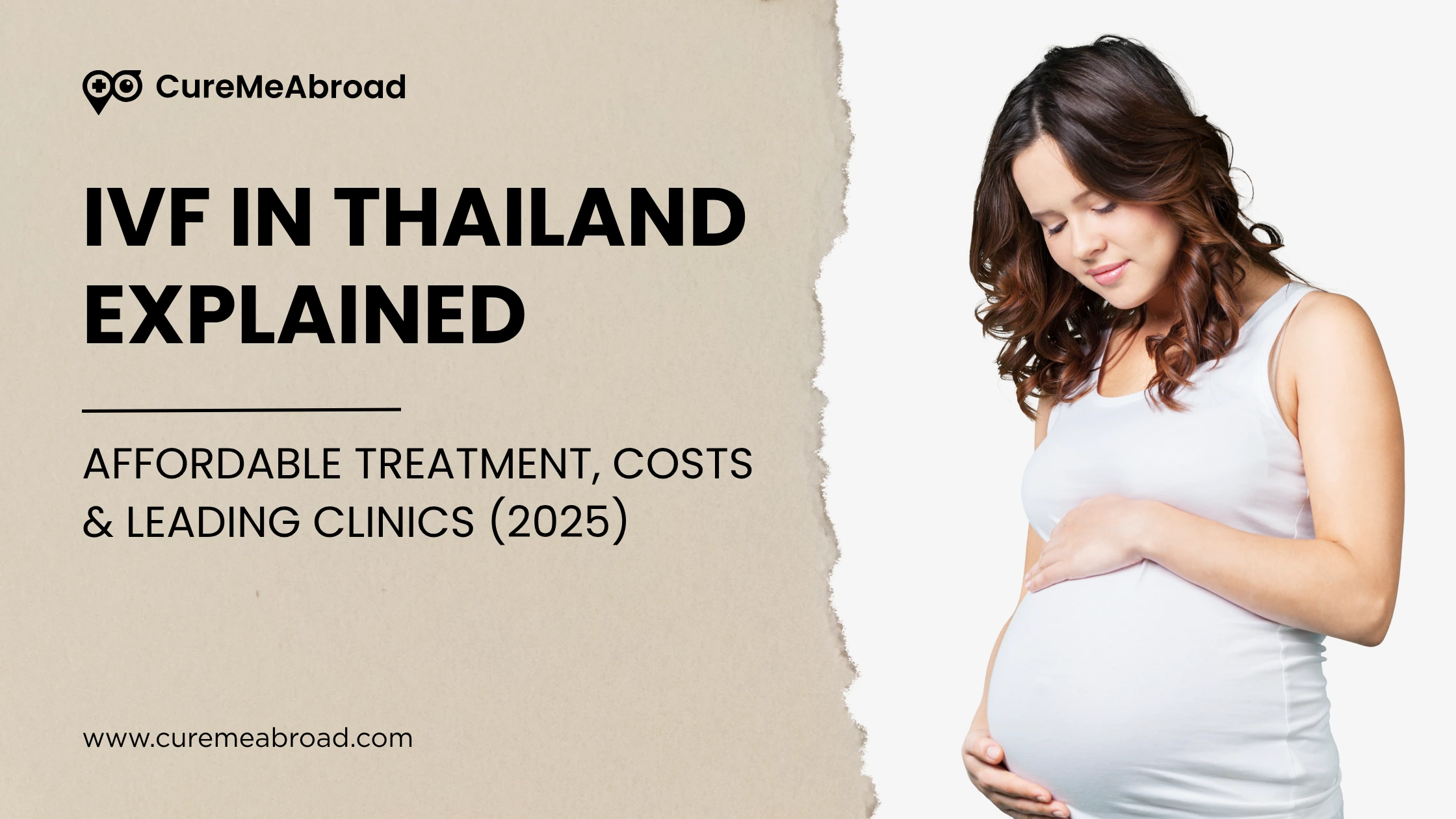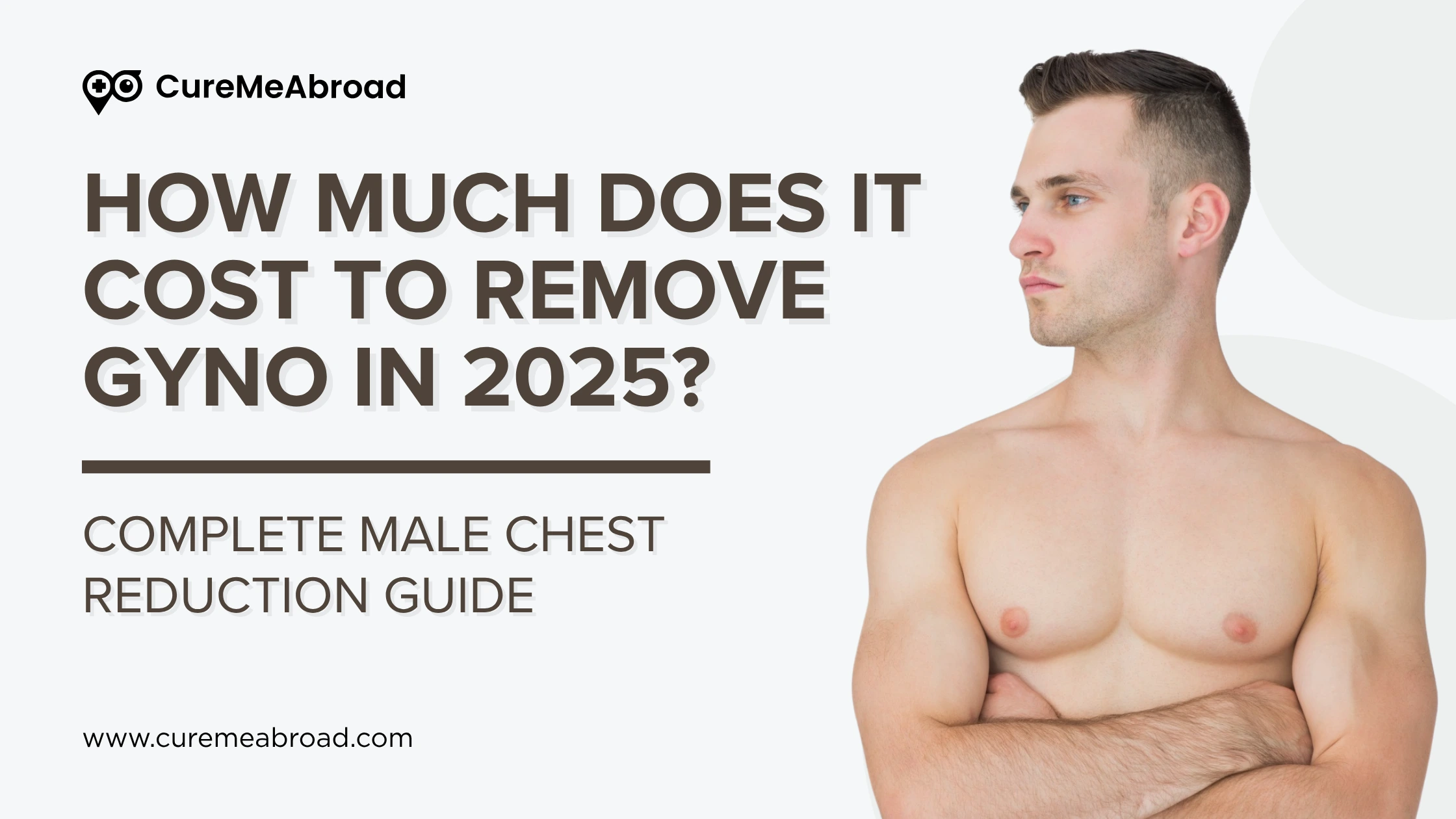For decades, hair restoration was framed as a male concern, but more women are now stepping into consultation rooms asking whether surgery can help them regain volume, confidence, and control over their appearance. The truth is that hair transplant for women is not only possible but can also be life changing when performed under the right circumstances. Still, candidacy, expectations, and results look different compared with men, and understanding those nuances is crucial.
Understanding Female Hair Loss Patterns
Unlike male pattern baldness, which often begins with a receding hairline or thinning crown, women usually experience diffuse thinning across the scalp. This means the hair loss is spread out rather than concentrated in one spot. Because of this, evaluating donor areas the zones at the back and sides of the head where follicles are harvested becomes more complex. In some women, these regions are stable and provide strong grafts. In others, they too are thinning, making hair transplant for women less effective.
Medical conditions like thyroid disease, hormonal shifts such as polycystic ovary syndrome, and nutritional deficiencies can also mimic or worsen genetic hair loss. A careful diagnostic workup is always the first step before considering transplantation.
What to Expect During the Procedure
Hair transplant for women is usually performed using two surgical approaches: Follicular Unit Transplantation (FUT) or Follicular Unit Extraction (FUE). Both involve moving healthy follicles from donor zones to thinning areas. The choice depends on scalp characteristics, donor density, and personal preference regarding recovery and scarring.
Surgery is typically done under local anesthesia. A session can take several hours depending on the number of grafts. After the procedure, tiny scabs form around the implanted hairs, which fall off within days. It’s common for transplanted hairs to shed within the first month before entering a new growth cycle. Noticeable results typically appear after 6 to 9 months, with continued improvement for up to a year.
Benefits of Hair Transplant for Women
For suitable candidates, the benefits of hair transplant can extend far beyond aesthetics. A fuller scalp often translates into renewed confidence and freedom from constant styling tricks meant to hide thinning. Unlike wigs or extensions, transplants provide natural growth that can be cut, colored, or styled like regular hair.
Another advantage is permanence. While medical therapies such as minoxidil can stabilize loss, the relocated follicles retain their resistance to hormonal miniaturization. That means once they take root, they tend to stay.
When Hair Transplant May Not Be the Right Choice
Not every woman with thinning hair will benefit equally. If the donor area is also compromised, transplanting weak follicles will not produce density. Similarly, women with active autoimmune scalp disorders or unstable medical conditions may face higher risks of graft failure. In such cases, doctors often recommend stabilizing health first, or exploring non-surgical solutions like medications, platelet-rich plasma (PRP) therapy, or scalp micropigmentation.
And here’s the hard truth: if expectations are unrealistic like hoping for the density of teenage hair across the entire scalp the outcome will almost certainly fall short. Honest consultation about hair transplant for women matters as much as surgical skill.
Considering Cross-Border Hair Restoration
Because demand is rising, many women now look beyond their home country for treatment. Countries such as Turkey, India, and the UAE have become popular destinations, offering advanced techniques at more competitive prices than in Western nations. However, traveling for hair transplant for women requires careful planning. Aftercare visits may be harder to arrange, and long flights soon after the procedure can cause swelling or discomfort. Choosing an internationally accredited clinic with clear follow-up protocols is essential.
Is Hair Transplant for Women Right for You?
The decision comes down to three things: the quality of your donor area, the stability of your underlying health, and whether your expectations match what surgery can realistically deliver. For some women, a limited transplant to the part line or frontal region provides dramatic cosmetic improvement. For others, medical therapy alone remains the better path.
Hair transplant for women is deeply personal, and while the science guides eligibility, the emotional impact drives the choice. If thinning hair makes you feel like you’ve lost a part of yourself, and if a specialist confirms that your scalp and donor areas are suitable, then a hair transplant may well be the right step.









